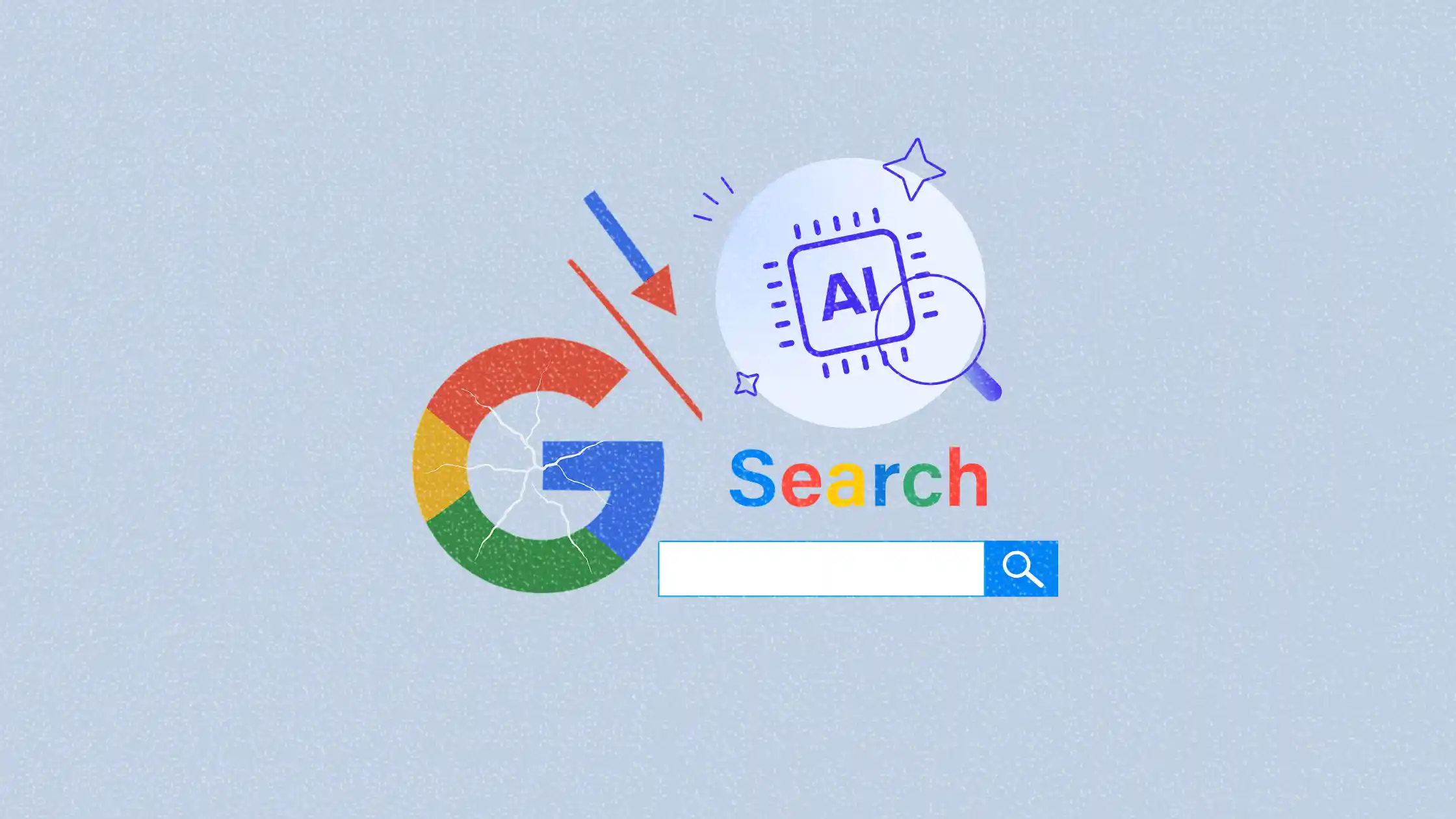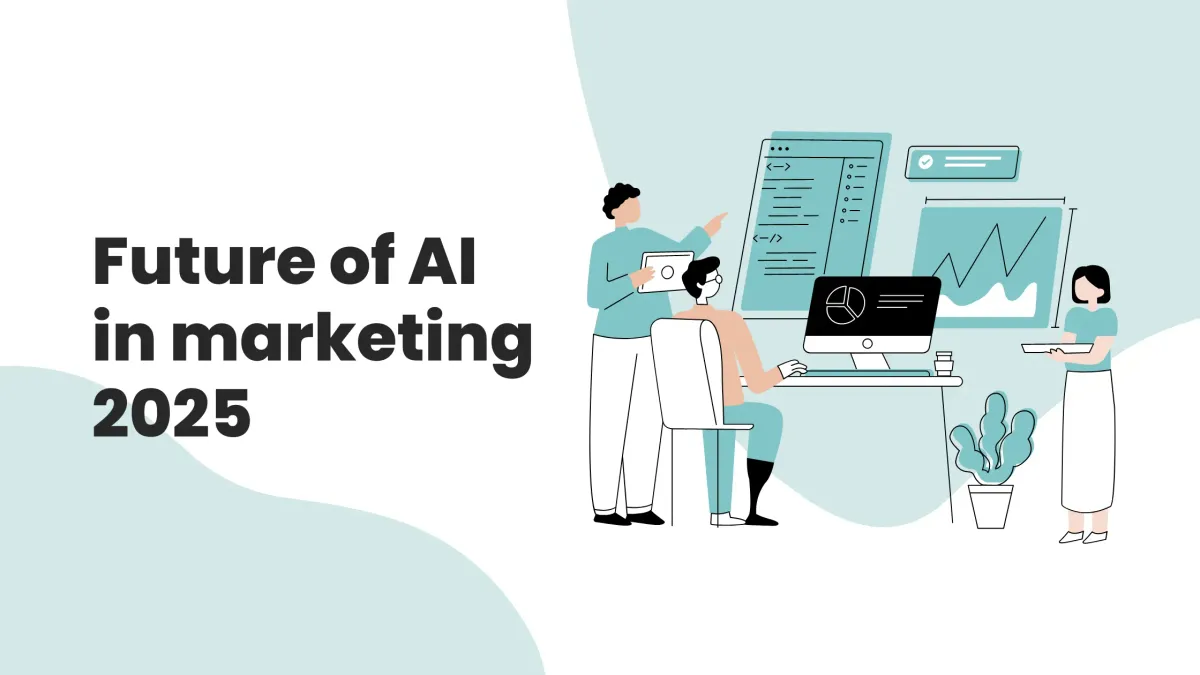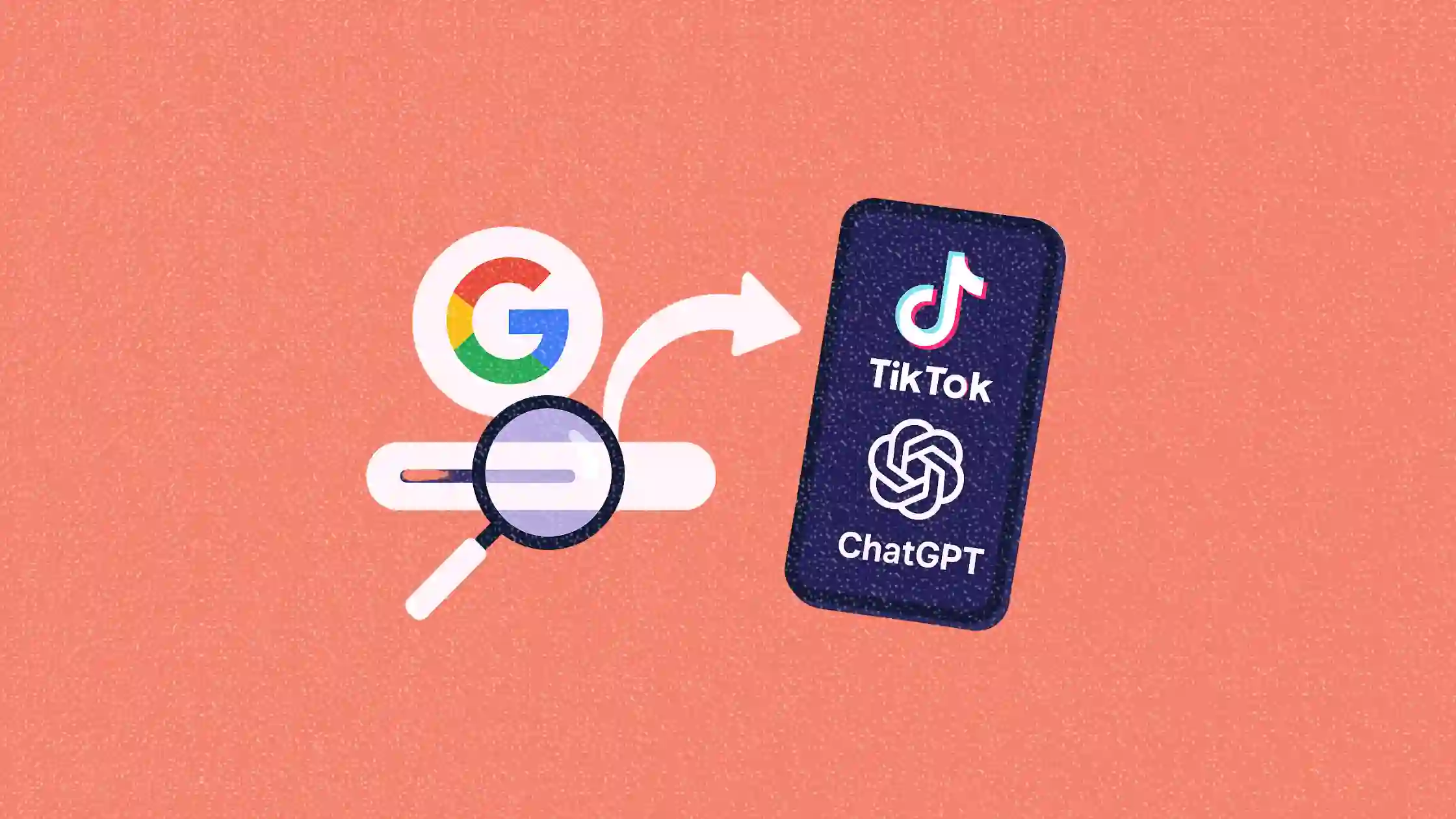Google’s search dominance is cracking: what marketers should watch
As Google’s search market share dips, here’s what marketers need to know about the shifting landscape

With more users testing AI-powered search engines like Perplexity and ChatGPT, the SEO game is changing fast.
So is Google losing dominance in search?
The answer is: Yes
According to Statcounter, Google’s global search share has dipped below 90% in most of 2025, with Bing, Yandex, and AI-native tools like ChatGPT Search gaining traction.
That’s a milestone the company hasn’t hit since 2015—and it signals that cracks are forming in Google’s long-held dominance. It's clear now that marketers need to adapt by optimizing for AI summaries and alternative platforms.
This article explores what’s behind the dip, the rising pressure from AI-native competitors, and what it all means for marketers who still rely heavily on the search giant to drive discovery and traffic.
Short on time?
Here’s a table of contents for quick access:
- What’s happening to Google’s market share?
- Who’s taking a slice—and why now?
- How Gen Z is changing the search game
- What marketers should know
#1 - Google’s search share is under 90% for most of 2025
#2 - AI-native tools like ChatGPT and Perplexity are gaining users
#3 - Marketers should diversify SEO strategy and watch AI Overview CTRs
#4 - Regional shifts (especially among Gen Z) are accelerating the change

What's happening to Google's market share?
Google’s global market share in search fell below 90% in late 2024 and has hovered in the high 89% range for most of 2025—except for February, where it slightly rebounded to 90.15%.
On its face, a sub-1% dip may seem negligible. But in the context of digital dominance, even small shifts can signal meaningful change—especially when consistent over time.
Statcounter’s April 2025 data shows Microsoft’s Bing now accounts for 4% of global search, Yandex holds 2.49%, Yahoo takes 1.33%, and DuckDuckGo captures 0.79%. While still small compared to Google, these players collectively illustrate rising diversification in user habits.
Source: StatCounter Global Stats - Search Engine Market Share
In Asia-Pacific, we’re also seeing early signs of search diversification. For instance, in markets like Singapore and India, tech-savvy users are exploring tools like ChatGPT Search or Perplexity, especially among younger, mobile-first demographics.
Who's taking a slice and why now?
Industry watchers suggest younger users may be accelerating the shift, as they explore alternative or AI-powered search experiences. While platforms like Perplexity and OpenAI’s ChatGPT Search haven’t yet registered on Statcounter’s radar, they’re drawing attention—especially among digital-native demographics.

Bing’s integration with OpenAI’s large language model has given Microsoft a fresh edge, helping it secure a 4% share in Q1 2025. Meanwhile, AI-native challengers like Perplexity and ChatGPT are quickly changing what users expect from search—blending conversational AI with quick, curated results.
And adoption is climbing fast. A new Adobe Express survey reveals that 77% of Americans are using ChatGPT as a search engine, and 24% say they turn to it before Google. First it was AI-powered content. Now, AI-powered search is going mainstream.
“This drop may feel like a small percentage, but given the consistency of months it is clearly a trend,” said Noam Dorros, Director Analyst at Gartner. “While we can’t directly pinpoint the market share shifts due to AI-powered search engines like Perplexity or SearchGPT, this could be a sign of younger demographics making up a larger portion of the search space and leaning on alternative search engines.”
Add in the ongoing antitrust pressure from the US Department of Justice, and it’s clear Google’s long-standing moat is eroding from multiple fronts.
How Gen Z is changing the search game
New research underscores how quickly user habits are shifting:
- A Fractl and Search Engine Land study shows that among 18 to 24-year-olds, 66% use ChatGPT to find information, compared to 69% who still use Google. The numbers are nearly even, marking the closest competition Google has faced in decades.
- A Resolve survey of 1,000 people found that 53% of Gen Z users now turn to TikTok, Reddit, or YouTube before Google when looking for information.
- Sprout Social’s Q2 2025 Pulse Survey, conducted with Glimpse, revealed that 41% of Gen Z users now use social platforms first when seeking answers. By comparison, 32% default to search engines, and just 11% use AI chat tools like ChatGPT.
This puts social platforms ahead of Google, Bing, and even AI-native tools in shaping Gen Z’s discovery behavior. Short-form video, influencers, and creator-led content are now rivaling algorithm-driven web results.
And the trend isn’t limited to Gen Z. More than 1 in 3 consumers across age groups prefer using social platforms first when searching for product reviews (37%) or local recommendations (35%), a signal that purchase journeys are increasingly beginning on social.
What marketers should know
Marketers and brand leaders should consider these strategic implications as the search landscape continues to evolve:
1. Diversify your search strategy, don’t bet everything on Google
While Google still processes a staggering 5 trillion searches annually, relying solely on one search platform could introduce risk. With AI search interfaces gaining traction, it's time to consider SEO implications beyond traditional SERPs—including how your content shows up in tools like Perplexity and ChatGPT.

2. Monitor how AI overviews impact click throughs
According to Fractl and Search Engine Land, 39% of marketers say their website traffic has declined since Google launched AI Overviews in May 2024. That shift makes traditional SEO metrics like “ranking #1” less meaningful if no one scrolls far enough to see your content.
Google’s own AI-powered “AI Overview” feature may be undercutting publishers' visibility. Though early data suggests only minimal CTR reductions (varying by category), marketers should keep a close eye on how their organic traffic behaves—especially for high-volume commercial queries.

3. Prepare for changing audience behavior
If younger audiences are gravitating toward AI-native search, your content strategy should follow. Think beyond blue links. Consider how to optimize for AI summary engines, experiment with conversational answers, and track emerging distribution patterns across alternative platforms.

4. Watch Google’s social indexing update
On July 10, Google began indexing content from public business and creator Instagram accounts, including Reels, captions, alt text, bios, and carousels. The update applies retroactively to posts as far back as 2020, meaning a brand’s Instagram archive is now fair game for organic discovery. This could reshape how visual-first brands approach SEO.
5. Pay attention to publisher dynamics
Unlike newer players like Perplexity and OpenAI, which have initiated publisher revenue-sharing deals, Google has yet to follow suit. This tension may affect publisher relations, influence link authority ecosystems, and open new opportunities for ad-spend reallocation—especially for performance marketers.
Google is still the king of search—but the crown is starting to wobble. From AI-driven competitors to shifting demographics and regulatory heat, marketers now need to rethink a search strategy that once felt unshakable.
Staying agile, tracking user behavior across platforms, and re-evaluating how your content appears in AI-enhanced environments could be the difference between stagnation and sustainable visibility in the new search age.








